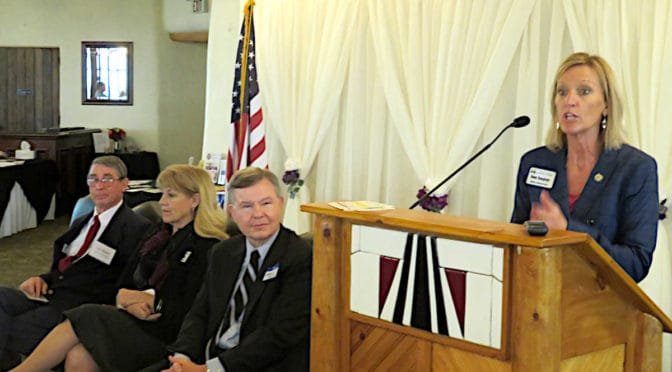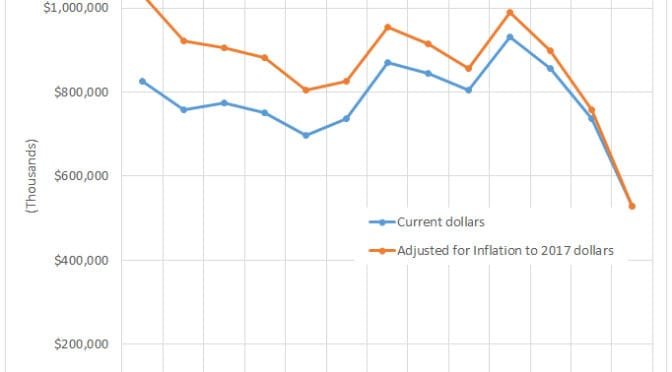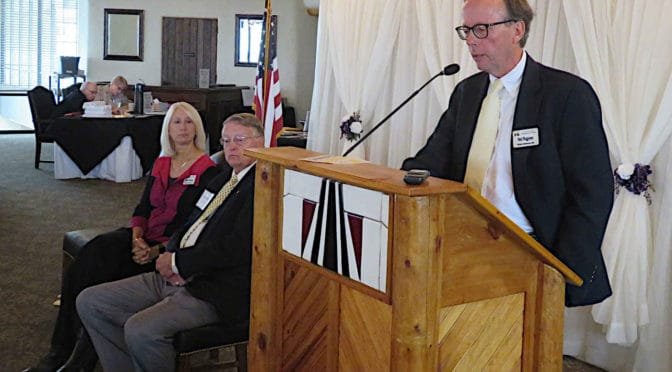Tag: Kansas legislature
-

Kansas House committee assignments for 2019
From the office of Kansas House of Representatives Speaker Ron Ryckman, here are committee assignments for the 2019 session of the Kansas Legislature.
-

WichitaLiberty.TV: Kansas Representative Leo Delperdang
Representative Leo Delperdang joins Bob Weeks to discuss the recent election and the upcoming session of the Kansas Legislature.
-

WichitaLiberty.TV: Bob and Karl look at election results
In this episode of WichitaLiberty.TV: Bob and Karl look at election results nationally, in Kansas, and in Sedgwick County. Episode 217, broadcast November 11, 2018.
-

From Pachyderm: Kansas House candidates
From the Wichita Pachyderm Club: Republican candidates for the Kansas House of Representatives.
-

Kansas highway spending
A look at actual spending on Kansas highways, apart from transfers.
-

Kansas school spending, through 2018
Charts of Kansas school spending presented in different forms.
-

From Pachyderm: Economic development incentives
A look at some of the large economic development programs in Wichita and Kansas.
-

From Pachyderm: Kansas House candidates
From the Wichita Pachyderm Club: Republican Party Kansas House of Representatives candidates.
-

Kansas agriculture and the economy
What is the importance of agriculture to the Kansas economy?